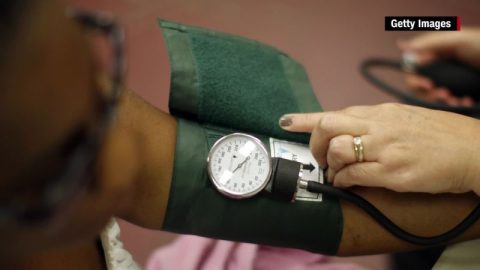President Donald Trump signed a sweeping executive order Monday morning that promises to crack down on “unreasonable and discriminatory practices” by foreign countries that result in Americans paying far higher prices for prescription drugs, a White House official said.
The multifaceted directive, which will likely be challenged in court, takes aim at other governments’ negotiations with pharmaceutical companies that greatly reduce the prices of many drugs in their countries. While US presidents and lawmakers have long decried the practice, they have generally shied away from taking broad action in keeping with America’s free market philosophy.
“Starting today, the United States will no longer subsidize the health care of foreign countries, which is what we were doing,” Trump said in a press conference before signing the order.
While Medicare gained the historic power to negotiate prices for a small number of drugs annually, Trump’s executive order will apply to a multitude of medications and to prices in the commercial market, as well as to Medicare and Medicaid. He countered that the directive amounted to “price controls” by telling reporters that the current system involves price controls because drug companies set the price.
PhRMA, a main industry trade association, didn’t immediately respond to a request for comment.
If prices do not come down quickly, the administration will look at various policy levers that can be used to force prices down, a White House official told reporters Monday. The mandate also calls for the Department of Health and Human Services to negotiate lower prices across all markets. If no progress is made, the agency will implement a rule to impose the “Most Favored Nation” cost for the drug, which would be the lowest price available among peer countries.
The action, if implemented, goes far beyond Trump’s implementation of a “Most Favored Nation” policy in his first term, which was quickly blocked by federal courts for procedural reasons before being rescinded by then-President Joe Biden in 2021. That rule would have imposed the lowest price paid by a peer country on 50 Medicare Part B drugs that are administered in medical offices.
It’s unclear how quickly Americans will see lower prices and what authority the US government has to direct drug pricing in other countries.
In a Truth Social post Monday morning, Trump wrote, “Drug prices will be lowered by 59%.”
It followed a post from Sunday evening that promised, “Prescription Drug and Pharmaceutical prices will be REDUCED, almost immediately, by 30% to 80%. They will rise throughout the World in order to equalize and, for the first time in many years, bring FAIRNESS TO AMERICA! I will be instituting a MOST FAVORED NATION’S POLICY whereby the United States will pay the same price as the Nation that pays the lowest price anywhere in the World.”
Americans have long paid much higher prices for many medications than patients in other countries, in large part because other governments often determine the cost. US prices across all drugs — both brand name and generics — were nearly 2.78 times as high as those in comparable countries in 2022, according to an HHS report last year. For brand drugs, the US prices were at least 3.22 times as high, even after adjusting for estimated rebates.
This story has been updated with additional information






